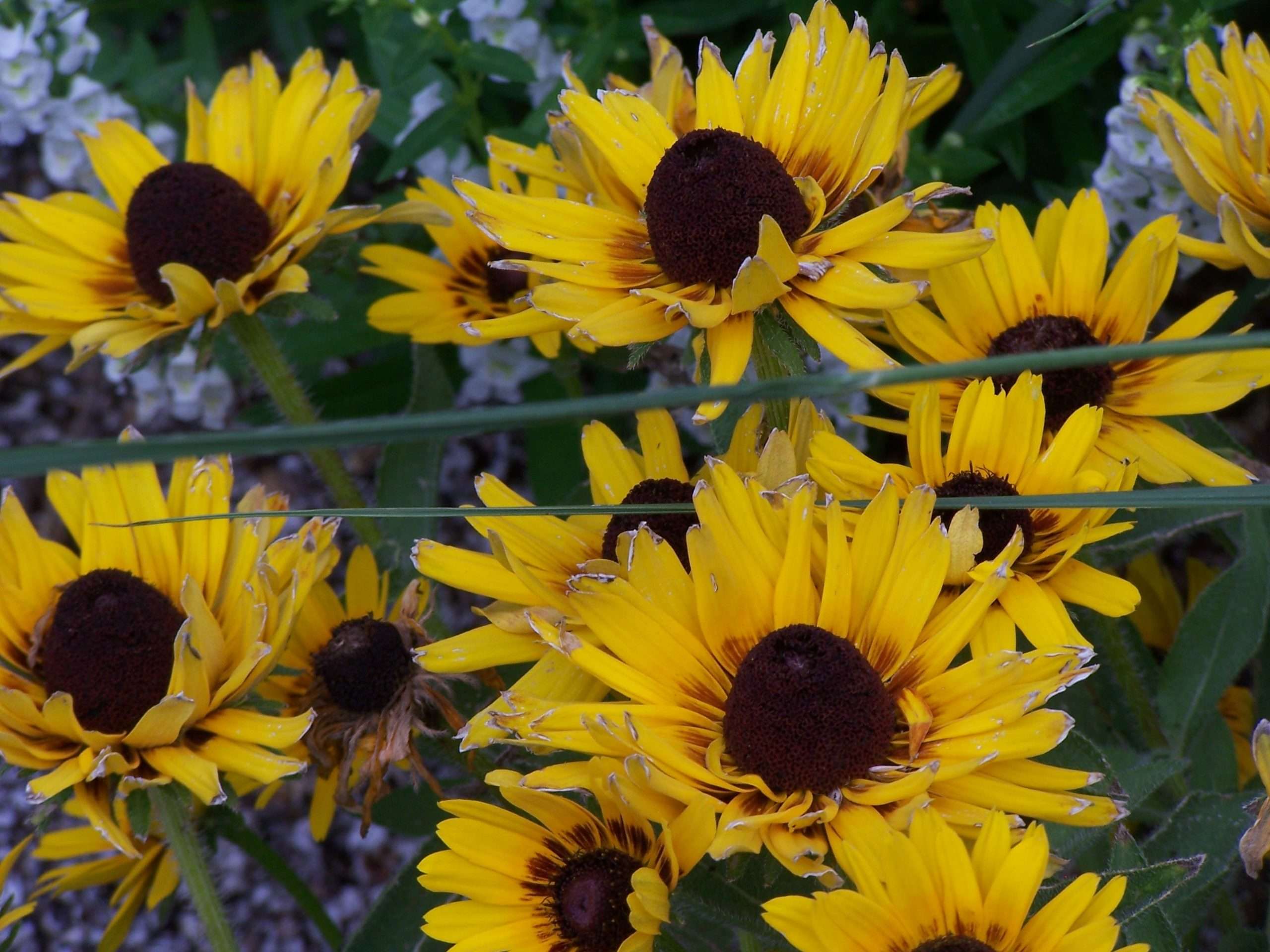K-State horticulture expert shares tips for harvesting and roasting sunflower seeds at home
MANHATTAN, Kan. – From farmers to little league players, sunflower seeds are a favorite summertime snack of many.
“Sunflowers are usually ready to be harvested beginning in mid-September and into October,” said Kansas State University horticulture expert Ward Upham.
“Seed heads can begin to ripen on the plant but need to be protected from birds,” Upham said, adding that knowing when and how to harvest sunflowers is important when planning to roast and eat the seeds
Upham recommended covering the sunflower heads with a paper sack or cheesecloth once the petals start turning brown to help keep the birds out and prevent loss of ripened seeds.
A few tips for when to harvest include:
• Shriveled florets in the brown center of the flower disk
• Heads turned down
• Back side of the head is a lemon-yellow color
“The ultimate check, of course, is to pull a few seeds to see if they have turned black with white stripes, the typical color,” Upham said.
If not covering the heads, the proper harvest point would be when a few seeds have turned black and white. “The flavor will not be as good as when seeds are allowed to ripen on the plants, but fewer seeds will be lost,” Upham said.
Once the sunflowers are ready to harvest, some people cut just the head off and place it in a paper sack, while others opt to leave about a foot of stem and hang them upside down to dry/ “Seeds can be easily removed from a dry head by rubbing it gently,” Upham said.
After harvesting the seeds, it’s time to roast them. Upham’s tips include:
• Cover unshelled seeds with 2 quarts water to ¼ to 2 cups salt. Bring to a boil and simmer for 2 hours or soak in salt solution overnight.
• Drain seeds from salted water and dry on absorbent paper.
• Heat oven to 300 degrees F and place sunflower seeds in a shallow pan, let cook in the oven for 30 to 40 minutes or until golden brown, making sure to stir occasionally.
• Take seeds out of the oven and add 1 teaspoon of melted butter, margarine or cooking oil per one cup of seeds.
• Stir to coat all the seeds, place on absorbent towel and salt to taste.
Upham and his colleagues in K-State’s Department of Horticulture and Natural Resources produce a weekly Horticulture Newsletter with tips for maintaining home landscapes. The newsletter is available to view online or can be delivered by email each week.
Interested persons can also send their garden- and yard-related questions to Upham at [email protected], or contact your local K-State Research and Extension office.
-30-
FOR PRINT PUBLICATIONS: Links used in this story
K-State Horticulture Newsletter, https://hnr.k-state.edu/extension/info-center/newsletters/index.html
K-State Research and Extension local offices, www.ksre.k-state.edu/about/stateandareamaps.html
KState Research and Extension is a short name for the Kansas State University Agricultural Experiment Station and Cooperative Extension Service, a program designed to generate and distribute useful knowledge for the wellbeing of Kansans. Supported by county, state, federal and private funds, the program has county extension offices, experiment fields, area extension offices and regional research centers statewide. Its headquarters is on the KState campus in Manhattan. For more information, visit www.ksre.ksu.edu. K-State Research and Extension is an equal opportunity provider and employer.
Story by:
Emily Halstead
815-326-5751
[email protected]
For more information:
Ward Upham
785-532-6173
[email protected]




